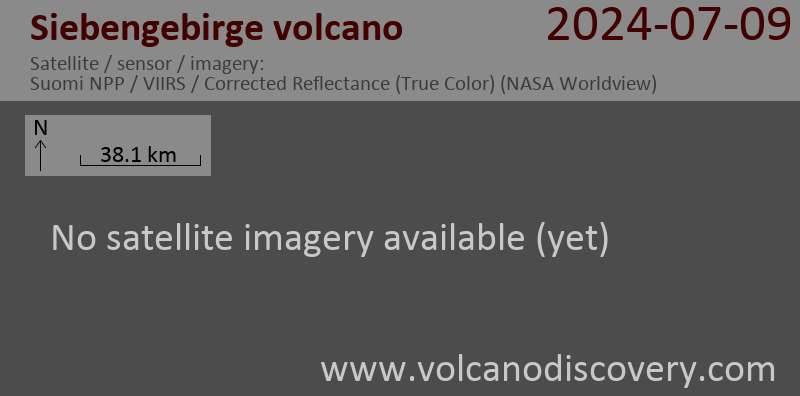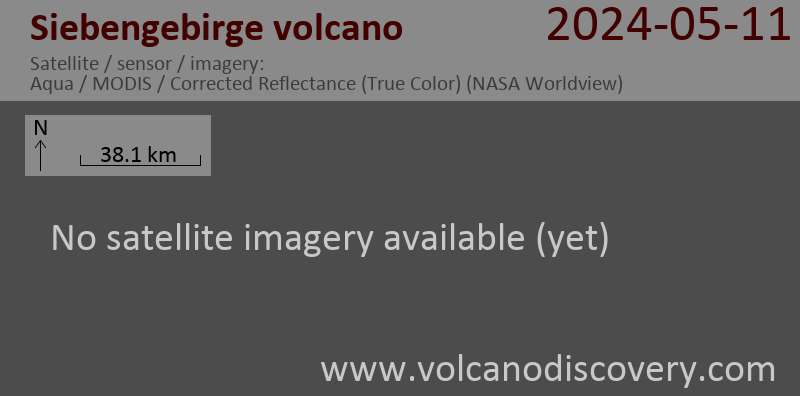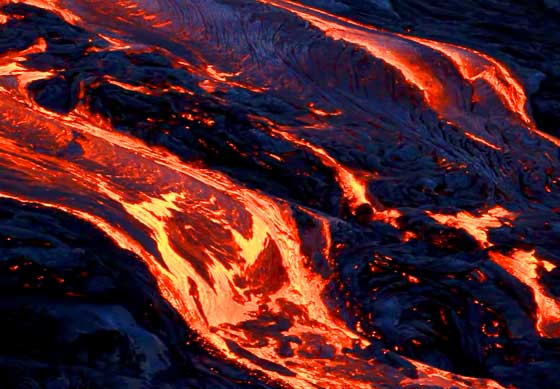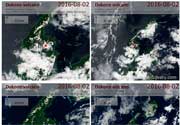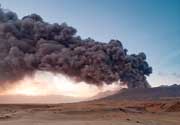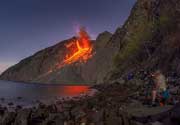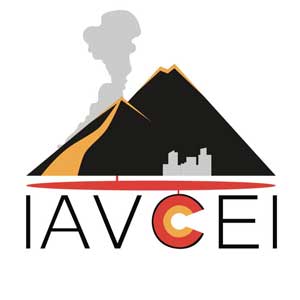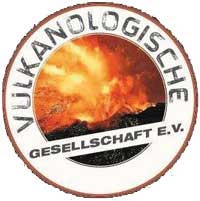Siebengebirge Volcano
Updated: Apr 29, 2024 21:22 GMT -
Lavadomes, intrusions 450 m (Oelberg)
Siebengebirge, 50.68°N / 7.21°E
Current status: (probably) extinct (0 out of 5)
Siebengebirge, 50.68°N / 7.21°E
Current status: (probably) extinct (0 out of 5)
[smaller] [larger]
Siebengebirge volcano eruptions: 15 million years ago
Latest nearby earthquakes
| Time | Mag. / Depth | Distance / Location | |||
Background
The volcanoes of the Siebengebirge arose in the Tertiary Period, 28 to 15 million years ago. The volcanic activity occurred in two phases. First, gas-rich and explosive magmas from the earth crust penetrated to the surface. When they erupted, large amounts of volcanic ash and scoria were ejected, covering the surface in thick layers. During the second phase of volcanic activity, less explosive magma intruded into the previously formed tuff cover. The magmas got stuck just below the surface and cooled down in the form of rounded lava domes or rock passages. Basalt rocks formed, creating sometimes nice basalt columns.The current shape of the mountains was mainly created in the last 5 million years, when the Rheinish Slate Mountains were increasingly lifted out. As a result, the Rhine cut more deeply into the subsoil and in the process prepared the source crests from their tuff mantle.
Siebengebirge Volcano Photos
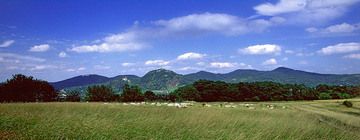
Panoramic view to the volcanoes of the Siebengebirge mountains (Photo: Tobias Schorr)
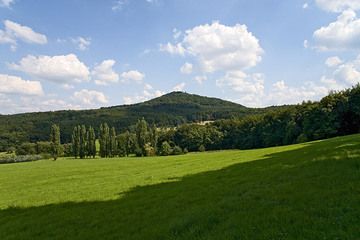
The Oelberg volcano in the Siebengebirge mountains (Photo: Tobias Schorr)
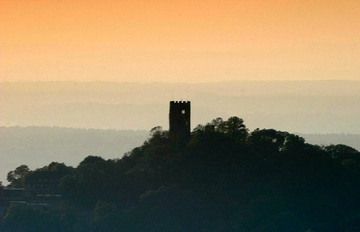
The tower of the former castle at the Drachenfels in the Siebengebirge area. (Photo: Tobias Schorr)
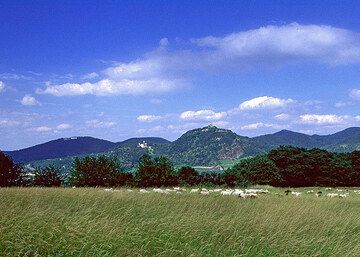
View to the famous lava dome Drachenfels ("Dragon rock") of the Siebengebirge mountains. This lava dome is mainly formed by trahitic rocks. (Photo: Tobias Schorr)





